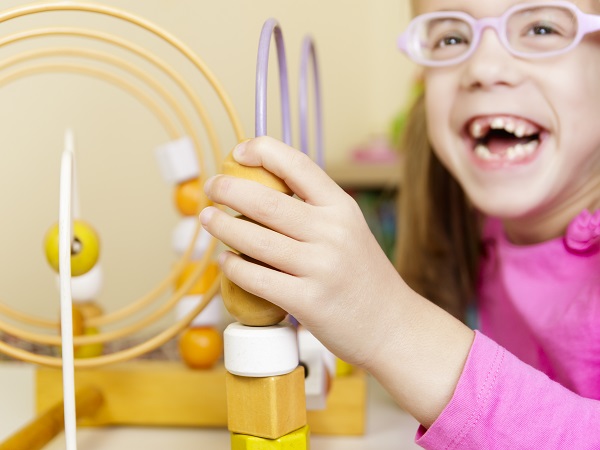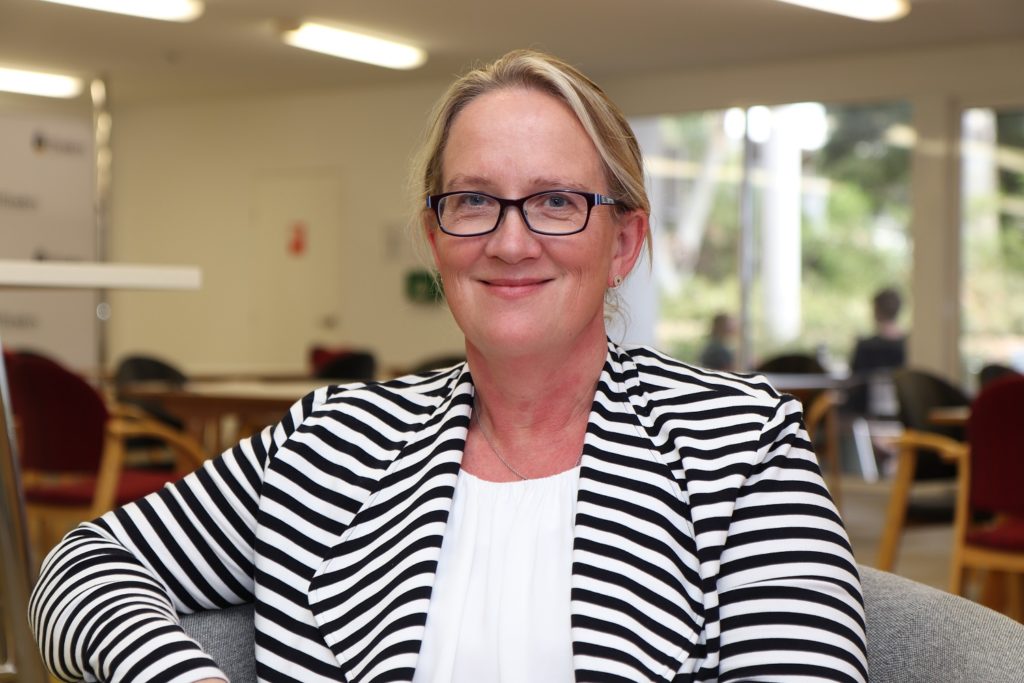
A Flinders University PhD research project is aiming to highlight a more effective way of measuring visual impairment in children to ensure they receive better support at school.
PhD student and Caring Futures Institute member Lynne Loh says traditional vision measurements such as typical eye charts are ineffective at assessing the visual function or visual ability of vision impaired children.
Through the research she aims to develop a comprehensive functional vision assessment, and ultimately hopes to determine vision impairment on a more functional level, as vision impairment is currently categorised based on visual acuity or visual fields.
A support framework will also be produced to allow teachers a greater understanding of the child’s visual ability and impact on learning, with solutions to address these difficulties.
Her thesis is titled The development of a comprehensive functional vision assessment to categorise vision impairment in children, with interventions to support a child access the school curriculum.
Fellow Caring Futures Institute researcher Dr Paul Constable is a supervisor of the PhD project which is being conducted in collaboration with Flinders and the South Australian Department of Education.
There are more than 250 vision impaired children in South Australia, with those aged 5-18 able to engage in a statewide support system through the education department.
Children with a high degree of vision impairment can attend a specialist School for Vision Impairment from Reception to Year 7 but they must have visual acuity of less than 6/60 – an inability to see below the top letter on an eye chart – or have a severe field of vision constriction.
To qualify for statewide support within any school, a child must have a visual acuity measurement of less than 6/18 – which is about halfway down the letter chart, or a restriction of visual fields.

Lynne says the vision acuity test – which involves a routine eye chart known as the Snellen chart involving letters that progressively become smaller – can be “an unreliable measurement in children and not a true representation of vision function”.
“This test itself can be inconsistent as chart designs and clinical test settings can vary considerably,” she says.“Distance visual acuity measured in a clinical setting also doesn’t reflect how their vision functions in the real world, or how they manage in a classroom environment.
“A child can be receiving support within their school based on this eye test. This information gives no real valuable information around what difficulties that child may be having as a result on their vision impairment.
“What print size can they comfortably read? Can they see the board in class? Do they need longer to complete tasks? Does lighting impact their vision function? Can they see well enough to find their friends in the yard at recess? It can be very hard for teachers to understand what a child needs when the information is so limited.”
Lynne will conduct the research at the SA School for Vision Impaired by testing students for functional ability, such as visual performance while reading, visual analysis, visual search and visual processing skills – which she says provide an accurate indication of visual ability and have all been shown to impact academic performance.
The data will be collected from mid-July and continue into 2021. It is hoped that the data will be used to develop a framework for the assessment of vision impaired children in the future and a re-categorisation of vision impairment based on functional ability.
Lynne says early intervention is crucial to optimise the development of children both academically and socially.
“Kids don’t generally like asking for help within a classroom environment, definitely not in front of their peers. The last thing they want to say is ‘I can’t do it because I can’t see’. I don’t want to see these kids left behind.”
“Early support is important to improve quality of life, both in school and later in life. To build self-esteem and confidence in the ability to be able to do something by yourself.
“My hope is to improve educational outcomes for vision impaired children by providing a framework to support them early in areas they have difficulty with, so they learn the skills to be independent, whether that be for further education or the workforce.”

